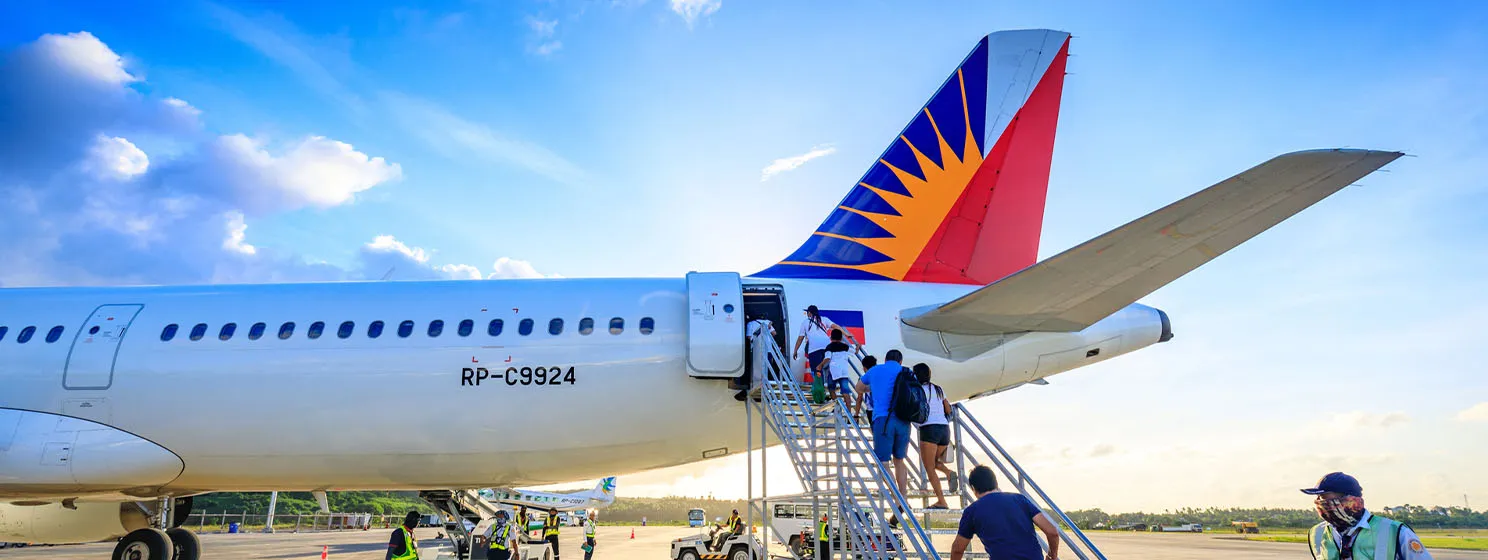|
Getting your Trinity Audio player ready...
|
The Philippines’ financial and retail industries have kickstarted the country’s digitalization push, and with a well-documented success in previous months, the government is looking to continue this drive within the aviation sector with the latest partnership between the Department of Transportation (DOTr) and American identity solution UltraPass.
Deemed one of the world’s friendliest countries with breathtaking beaches, the Philippines is popular among tourists, who contributed over PHP280 billion ($4.75 billion) to the local economy in the first half of 2024, making them a critical component in the nation’s economic growth. While citizens of 157 countries can enter the country visa-free, getting in and out of the territory can be a grueling experience for many.
The Philippines’ main gateway, the Ninoy Aquino International Airport (NAIA), is infamous for its long queues and e-gate scanners often breaking down, which led to one lawmaker pushing for an evaluation of the situation in July. Eager to improve the operations, the DOTr announced a major overhaul of the airstrip facilities to be led by multinational conglomerate San Miguel Corporation (SMC) in September 2024.
While the operations and management responsibilities lie at the hands of the SMC, the DOTr continues to find ways to support the airport’s modernization, with its latest partnership with UltraPass serving as a stepping stone.
Streamlining verification
Championing secure and seamless interactions, UltraPass signed a Memorandum of Understanding (MoU) with the DOTr to pilot its privacy-first digital identity verification in the Philippines. This initiative involves embedding users’ biometric data in their passports, allowing them to pass through check-in, security, and boarding gates with ease. It will also be integrated into the Philippines’ National ID.
“The biometric system provides not only convenient passenger processing but also enhances security protocols,” said DOTr Secretary of Transportation Jaime Bautista during the MoU signing ceremony with UltraPass CEO Eric Starr earlier this month, assuring that the digital identity solution maintains the highest standards of privacy and data sovereignty.
Before rolling out the biometric system in major airstrips like NAIA, the DOTr and UltraPass will conduct a three-month pilot run at Iloilo International Airport in the first quarter of 2025 before launching it to other airfields in the countryside, including Tacloban, Laoag, and Bicol. The Iloilo International Airport is said to be the ideal airfield for the trial due to its low volume of international flights.
“And through the pilot, we will showcase how digital identity verification can reduce processing time, improve security, and create a touchless, efficient airport experience,” Starr said.
The pilot of the digital ID verification system will be carried out in two phases. The project’s initial phase will involve Filipinos with national IDs, while the succeeding stage will be for foreign passengers with ePassports.
“Our partnership with the Philippines DOTr demonstrates how US technology can support ASEAN’s digital transformation goals while maintaining individual nations’ digital sovereignty,” added Starr.
UltraPass is one of the 12 American companies that visited the Philippines as part of the U.S. Smart Cities Trade Mission to foster collaboration on urban development strategies and local governance practices.
The digital ID verification system builds on the Philippines’ earlier projects involving emerging technologies, such as the one-stop-shop platform eGov Super App, which integrates artificial intelligence (AI) for identity verification, and the Blockchain-Enabled Automated Certification System by the Maritime Industry Authority (MARINA).
Watch: Developing Philippines capability on emerging tech

 08-30-2025
08-30-2025 





